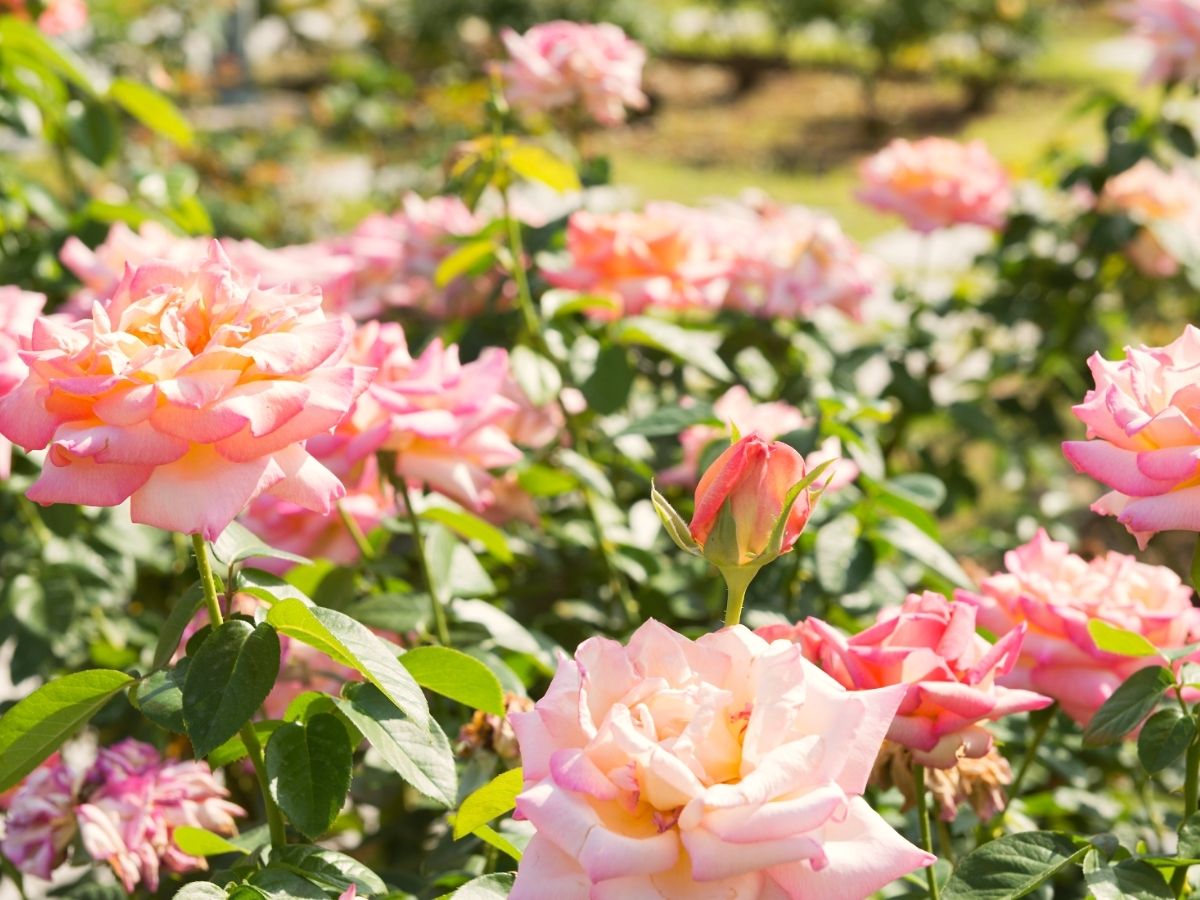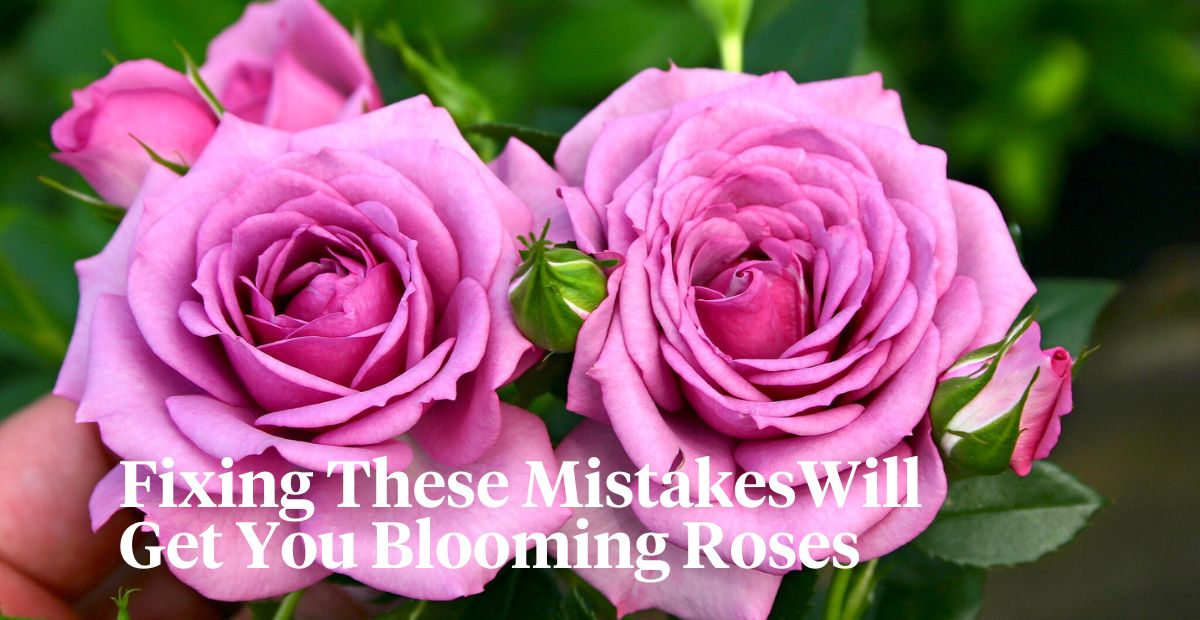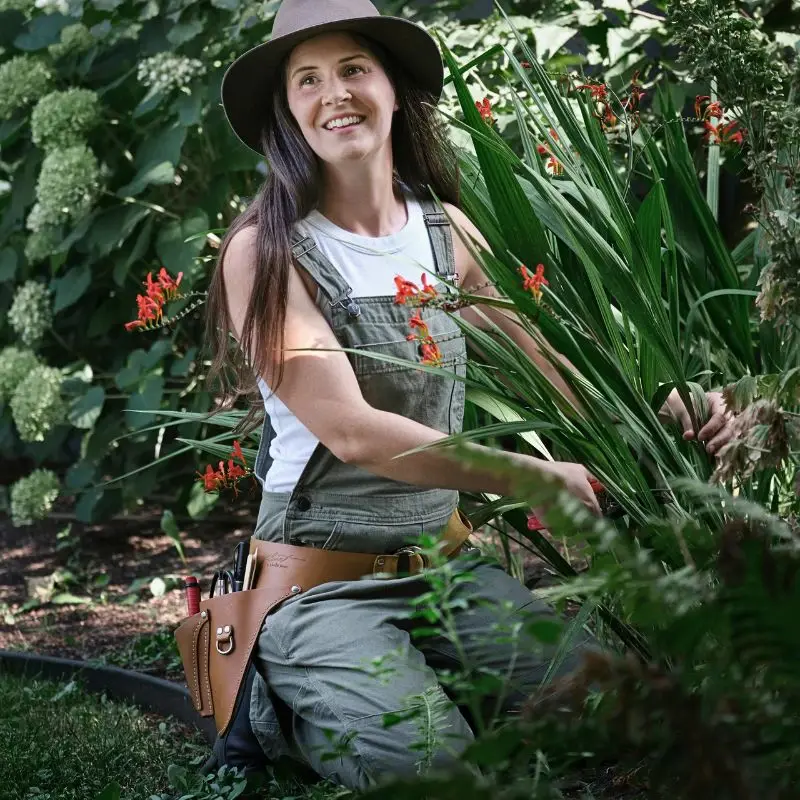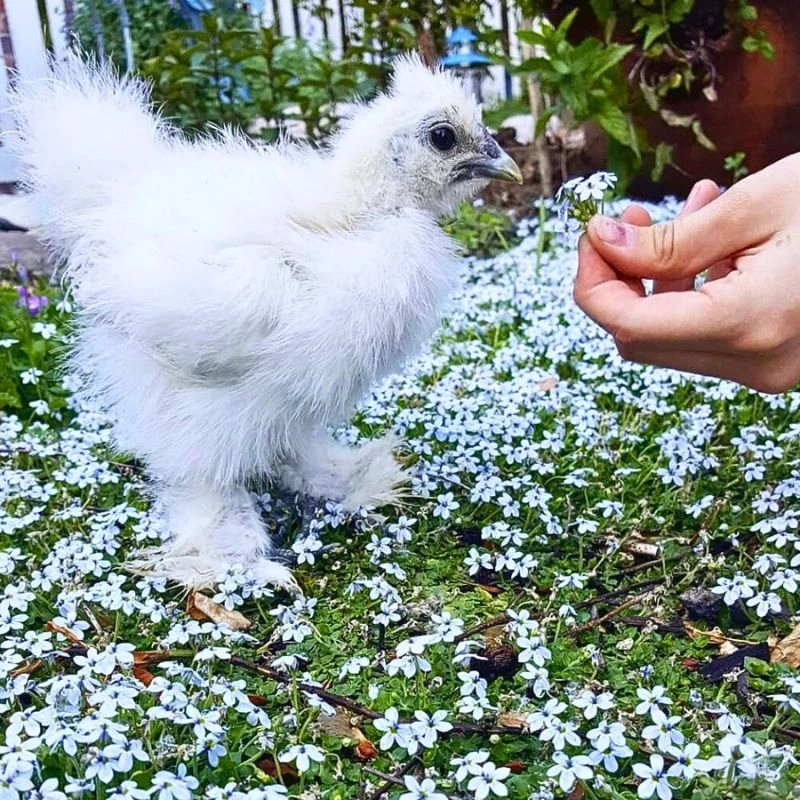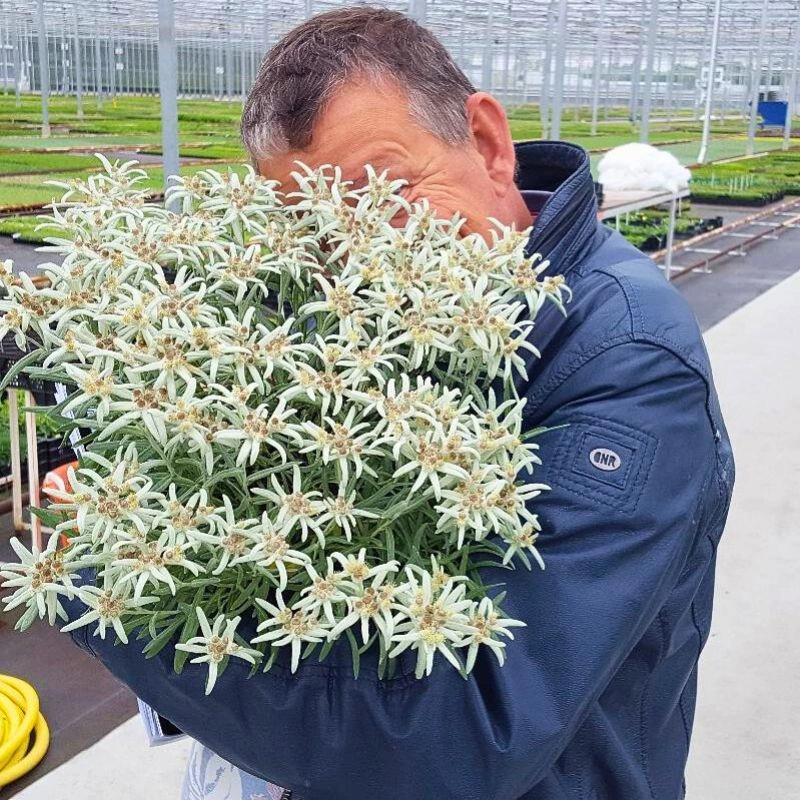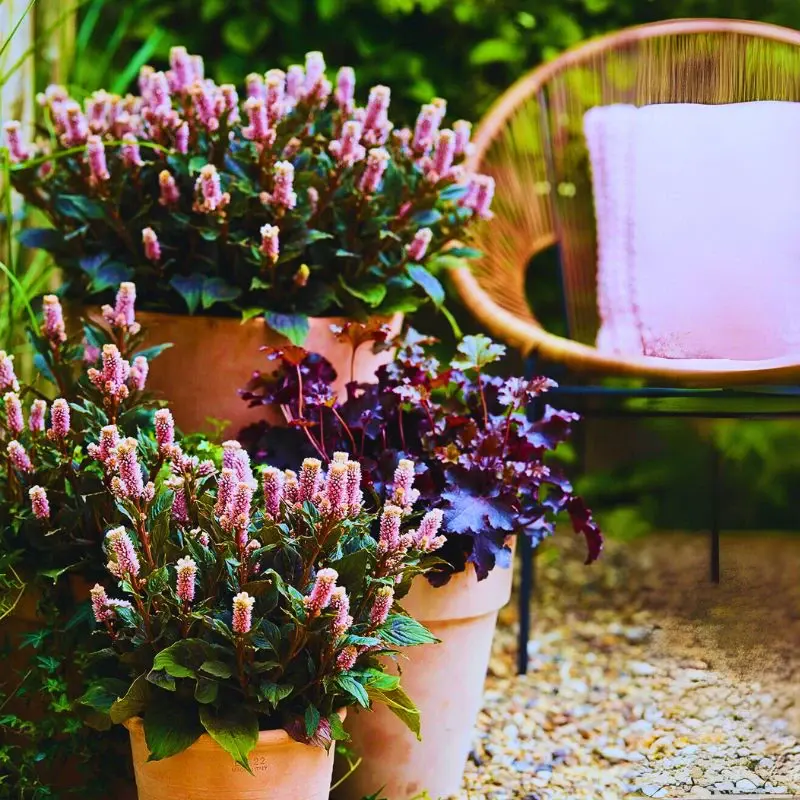When you see roses, you might picture a garden full of velvety, dew-covered blossoms that add lots of beauty and color to outdoor spaces like they should be, right? However, when the roses you're trying to produce don't quite live up to the ideal, that vision can soon turn into frustration. These seven mistakes are preventing your roses from blooming and we'll give you a couple of tips to adjust them.
These 7 Mistakes Are Preventing Roses From Blooming in Your Garden
To start beautifying your garden more every day with the sovereign flowers-roses, you must first know what mistakes are preventing them from blooming in your garden.
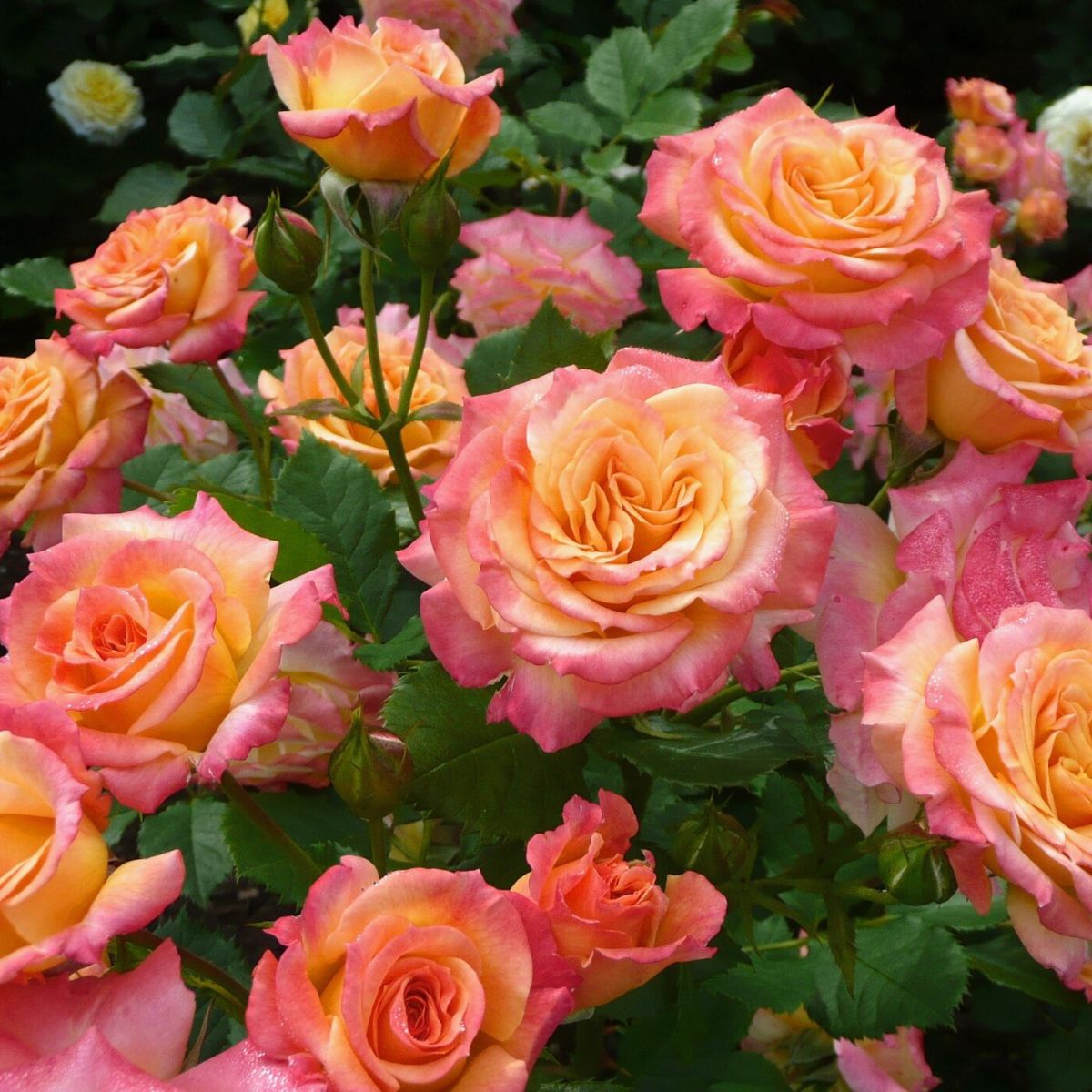
We share seven mistakes that'll help you have more beautiful, longer-living roses: choosing the wrong location, skipping soil amendments, skimping on water, delaying deadheading, putting off pruning, using harmful pesticides, and leaving diseases untreated.
1. Choosing the Wrong Location
There are many different varieties of roses, from enormous ramblers to tiny shrubs, so it pays to thoroughly study the ones you want before you buy them. A rose that is naturally huge and rowdy might not thrive if it is frequently cut to fit in a tiny space.
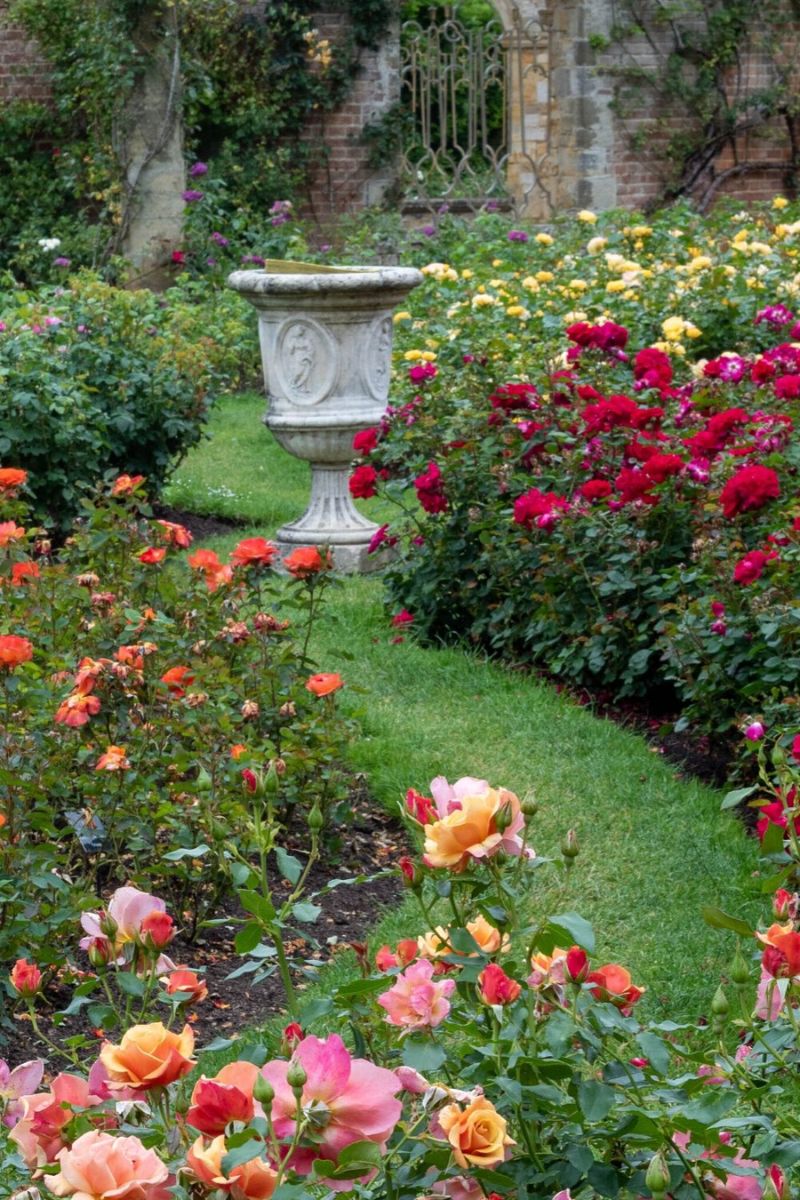
Similar to how a rose that requires full light won't grow well in the shade. One of the mistakes that are preventing roses from blooming in your garden is when you don't place your rose in a location that allows it to be who it is and where its needs may be satisfied as best you can.
2. Skipping Soil Amendments
You still need to improve the soil for your rose's best growth even if you've chosen the ideal location. Dig a hole up to two feet around and deep for each rose, then add a bag of organic compost or manure.}
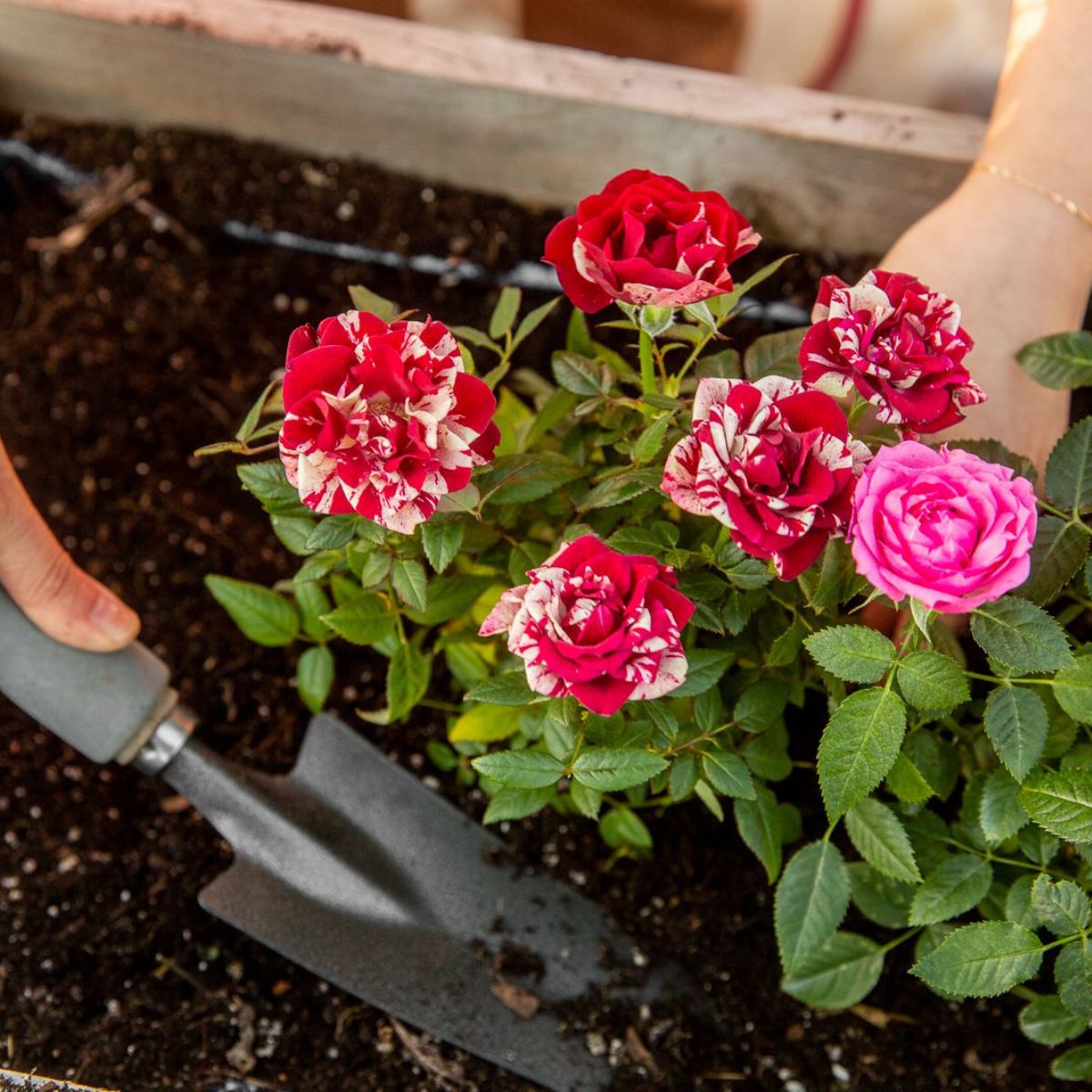
To increase drainage and texture in heavy clay soil, you might also wish to loosen the soil a foot deeper and add ground bark or coir. Not doing this step appropriately, could turn into a mistake that is preventing your roses from blooming.
3. Skimping on Water
Most rose varieties enjoy water, but they detest having soggy roots. If you water your plant at least once a week during dry weather, you'll have the most beautiful, blooming roses. Try not to get the roses' leaves wet when using a hose, watering can, or drip irrigation system. This might promote some illnesses that make your rose lose its foliage.
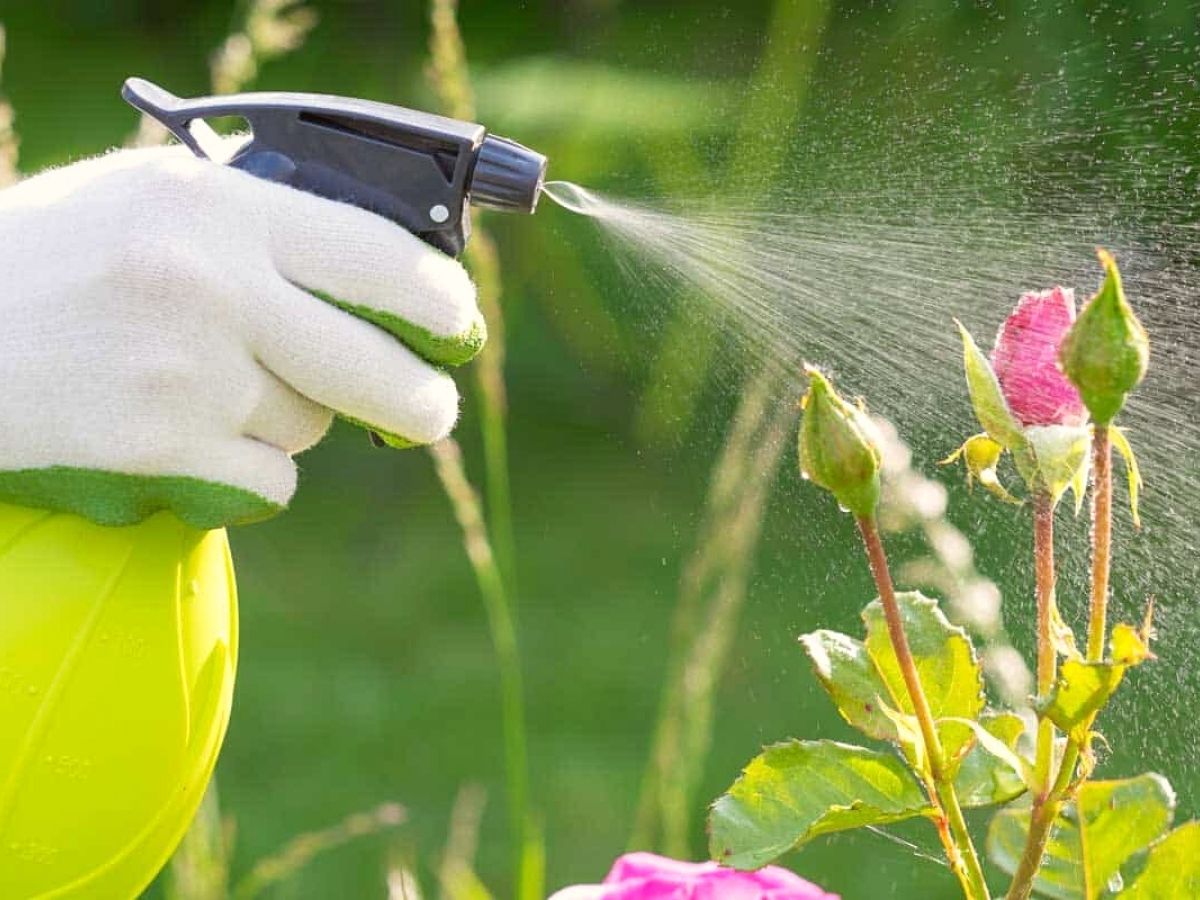
4. Delaying Deadheading
One of the biggest mistakes that are preventing your roses from blooming is not deadheading or cutting back their dead leaves or flowers on time. Deadheading your roses appropriately, will promote new blooms and keeps your rose bushes looking tidy to remove old flowers. New flower buds will bloom in a few weeks.
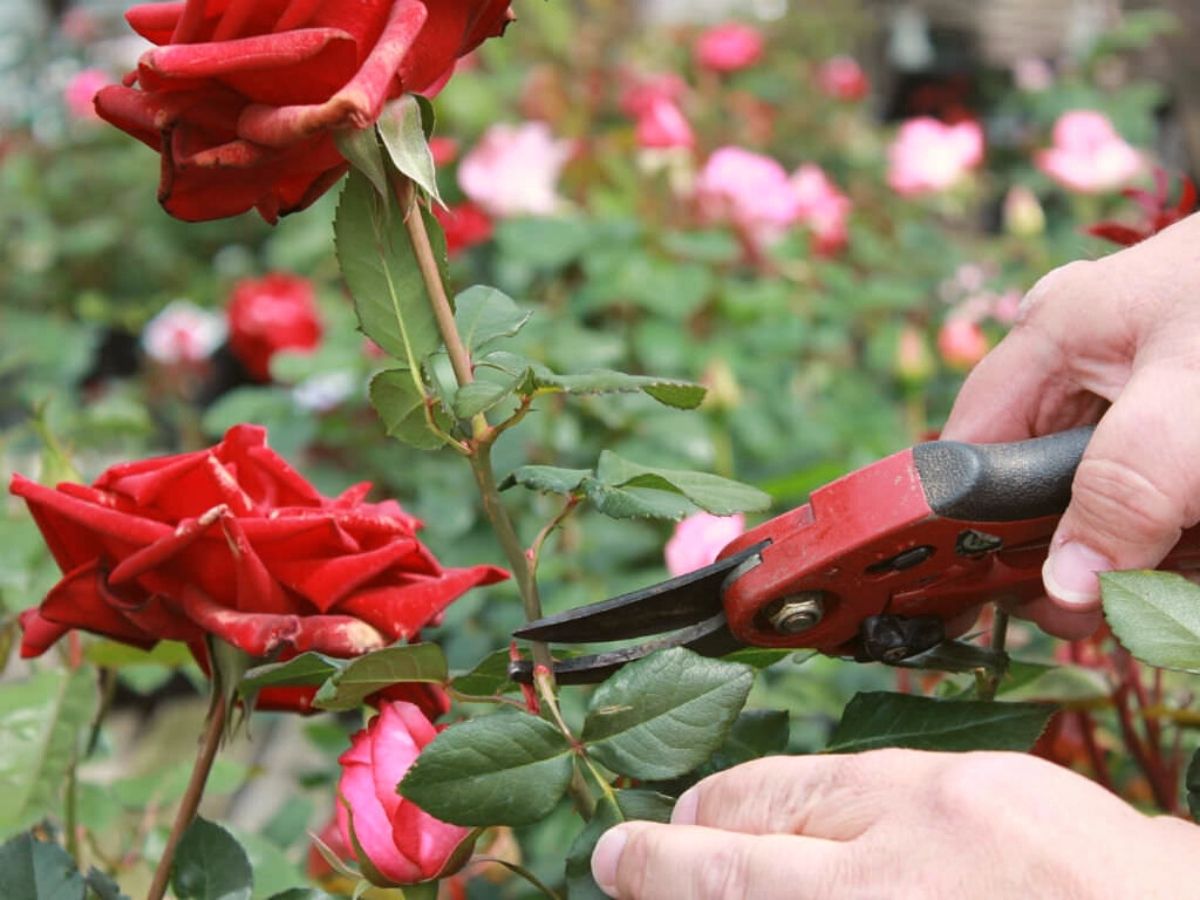
5. Putting off Pruning
Pruning is a more comprehensive cleaning method than deadheading and can modify the entire plant while promoting wholesome new growth. Only once a year, typically in the spring, is it necessary to prune your roses for better and more beautiful blooming the rest of the year.
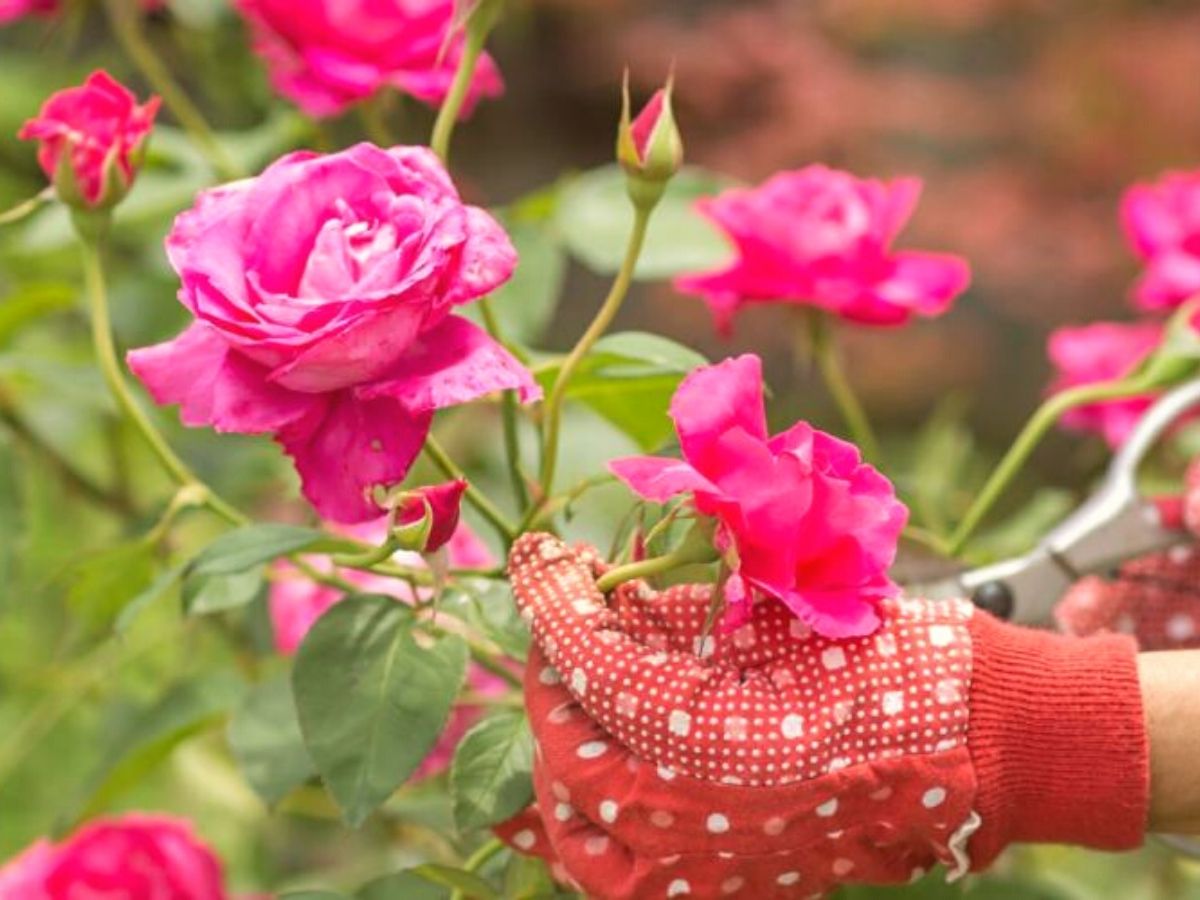
If this is not done, it is definitely one of the seven mistakes that are preventing your roses from blooming.
6. Using Jarring Pesticides
Numerous roses entice bees, butterflies, and other helpful pollinators. The majority of insects that attack roses produce so little harm that it is not worthwhile to fertilize them because you'll frequently endanger the pollinators as well. If the damage becomes unmanageable, consider utilizing less hazardous organic pest management methods to take care of the problem.

7. Leaving Diseases Untreated
Last but not least, one of the biggest mistakes that are preventing your roses from blooming is letting them live with diseases. The most severe rose disease, Rose Rosette Disease (also known as RRD), can show symptoms in roses with unusual growth.
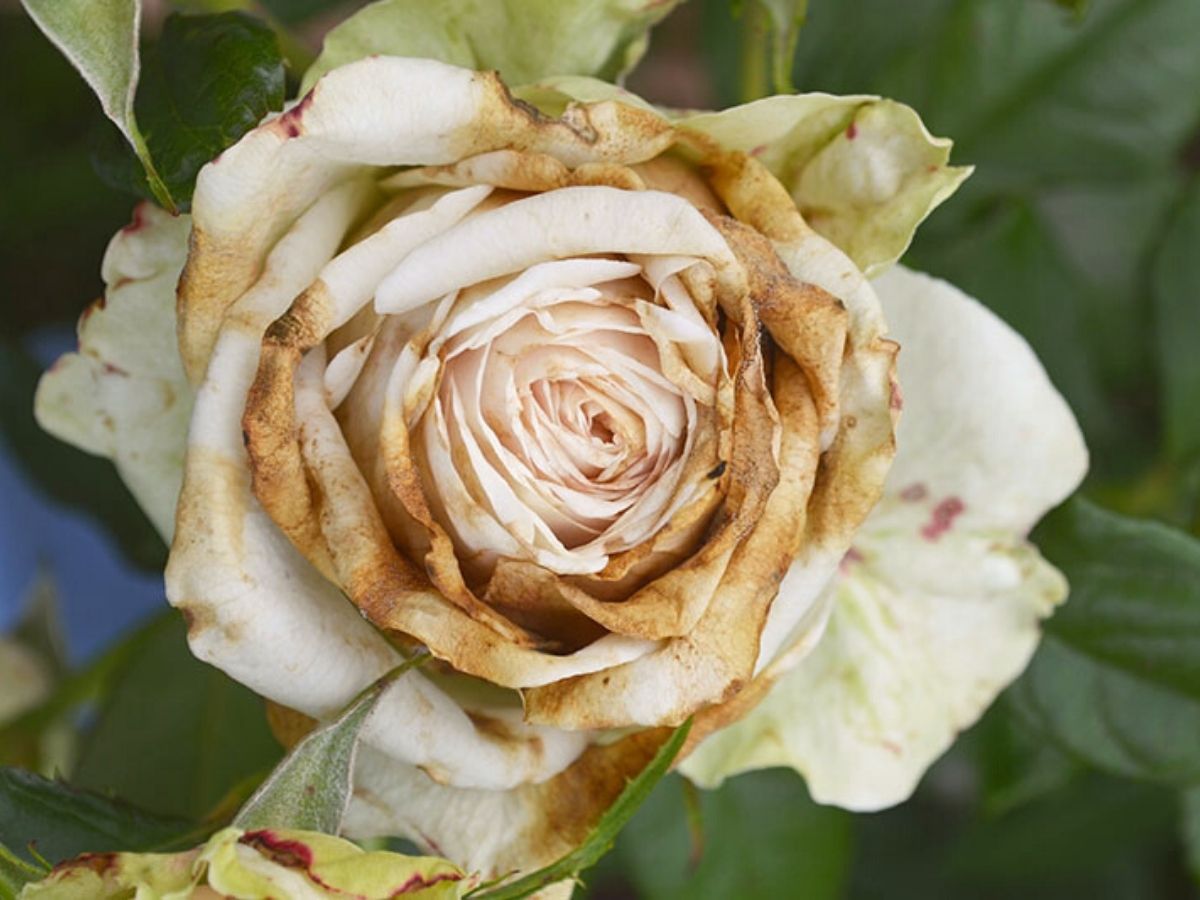
If you discover that one of your roses has RRD, get rid of it right away and dispose of it in the trash rather than in your compost bin or with other yard waste to reduce the likelihood that it will spread.
